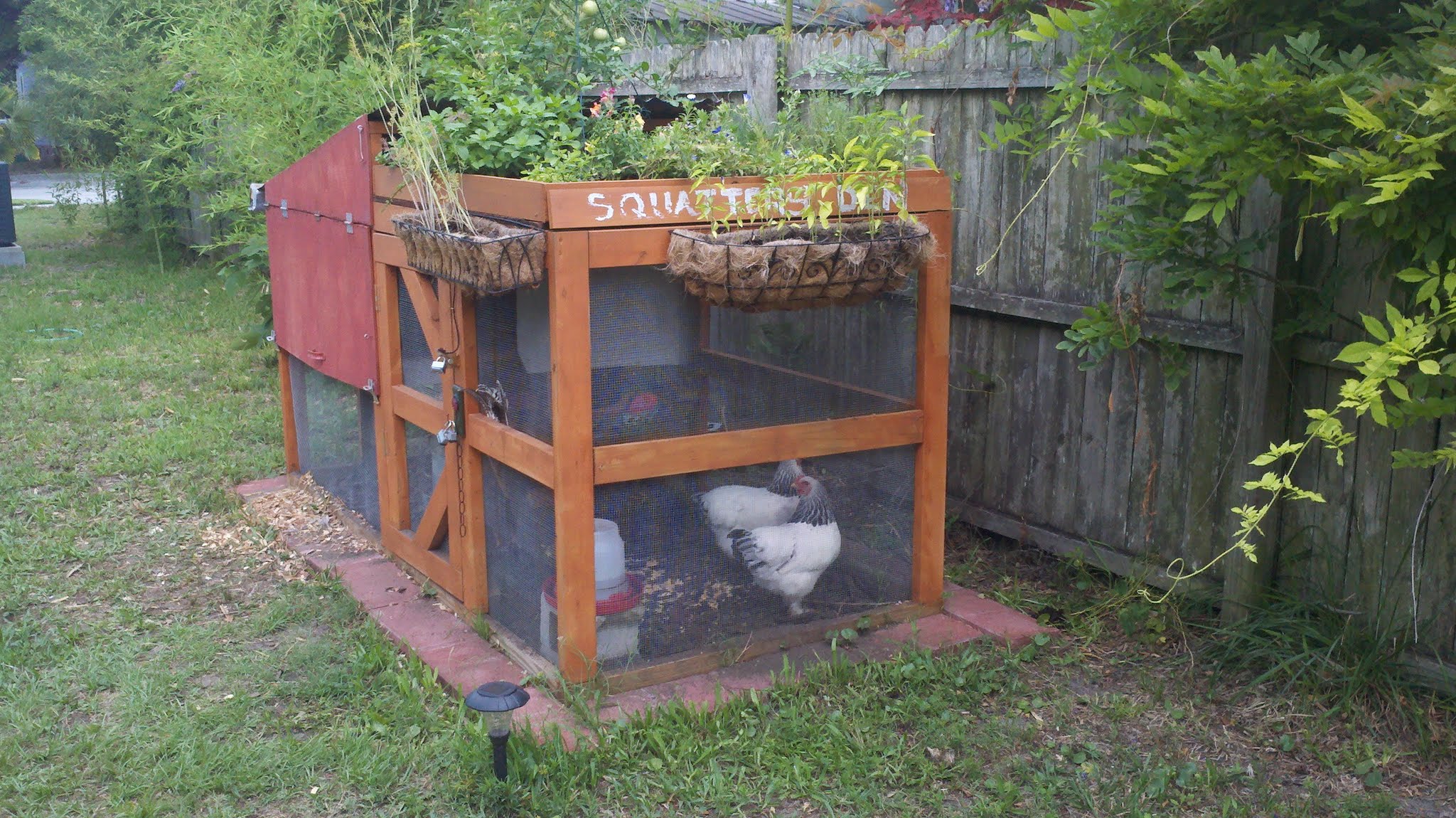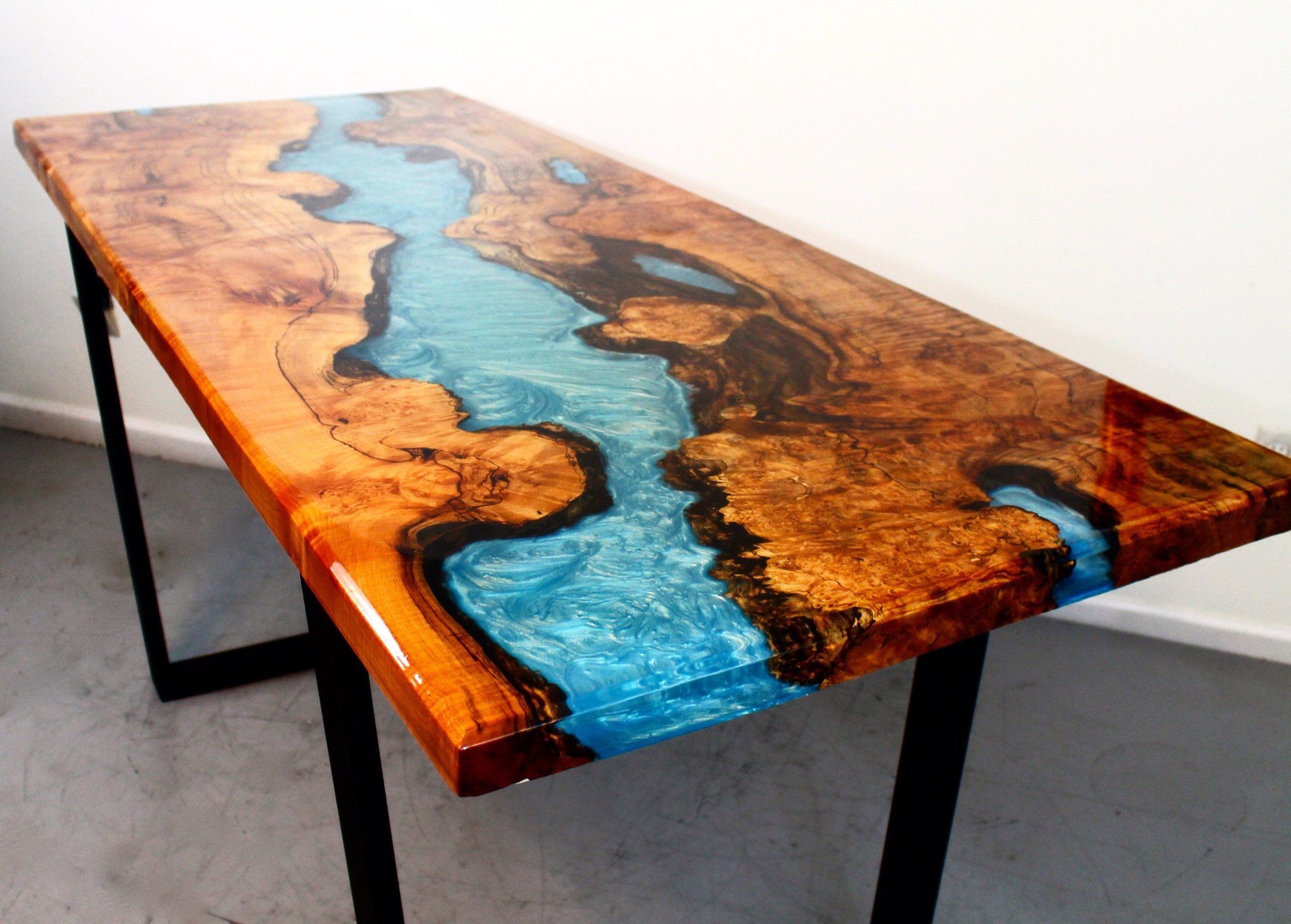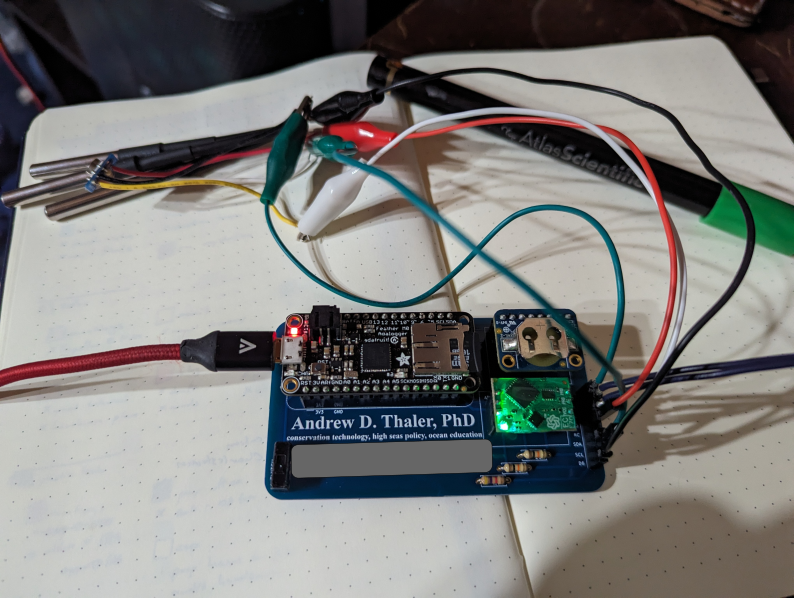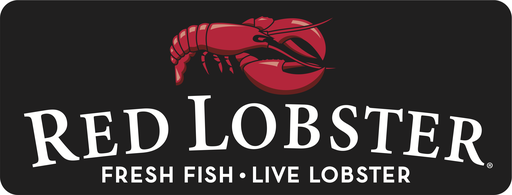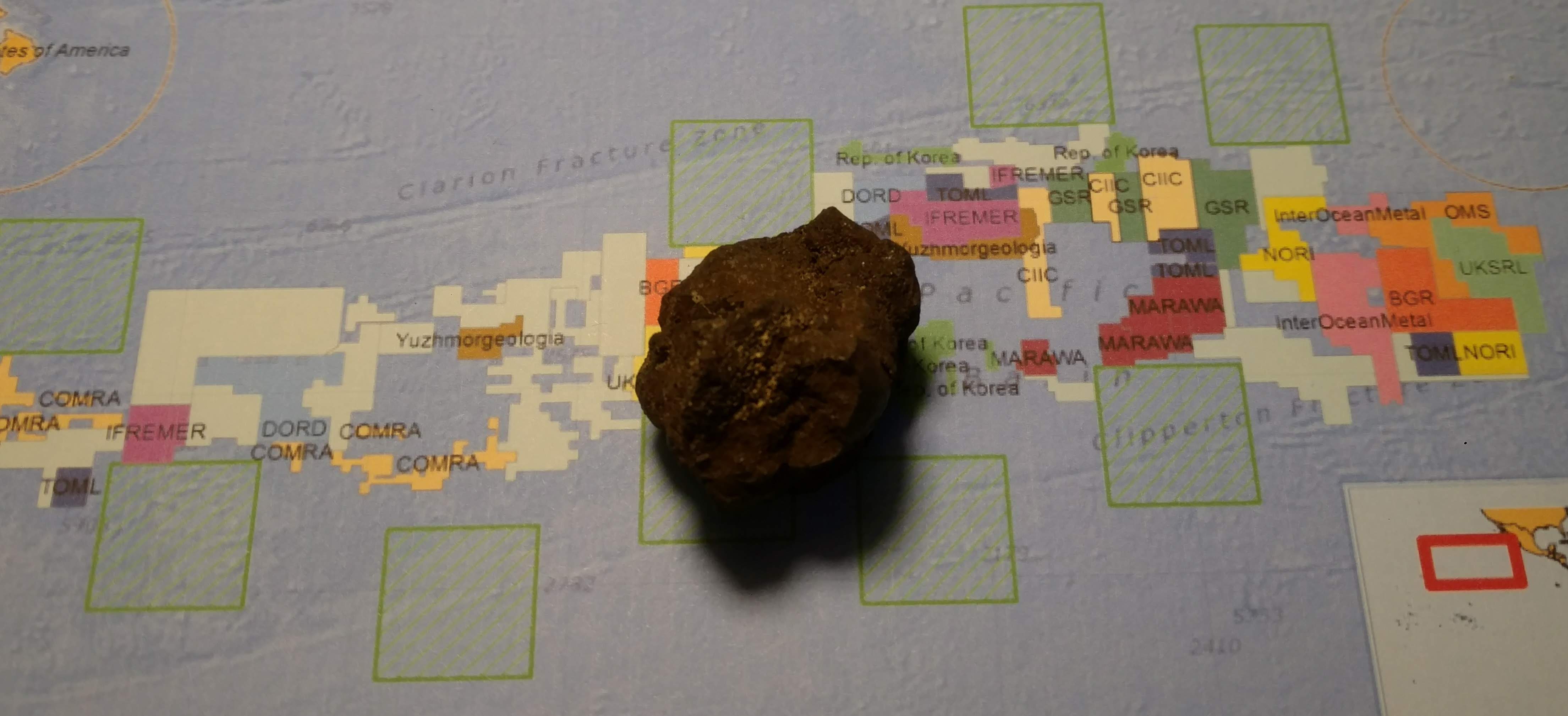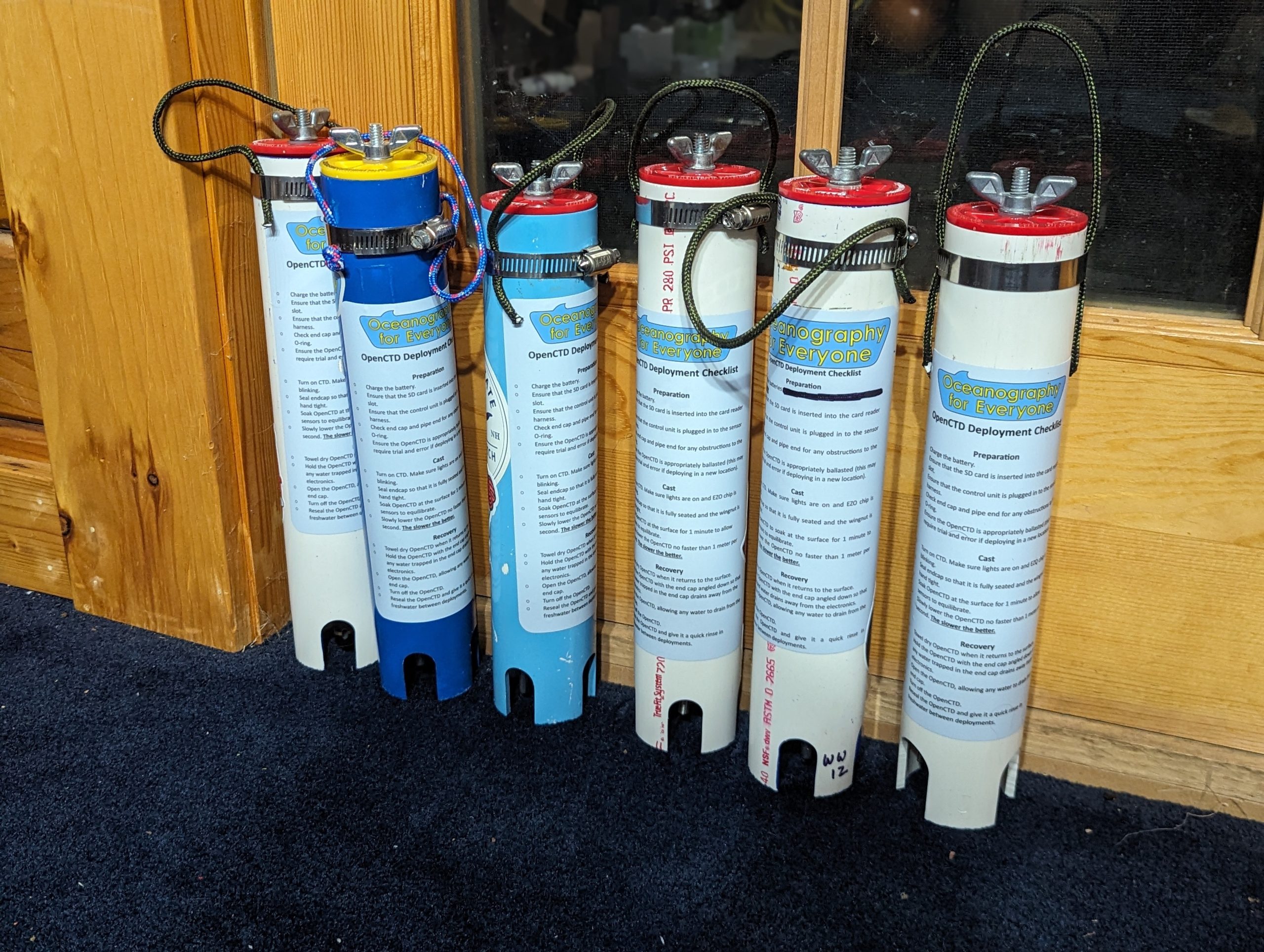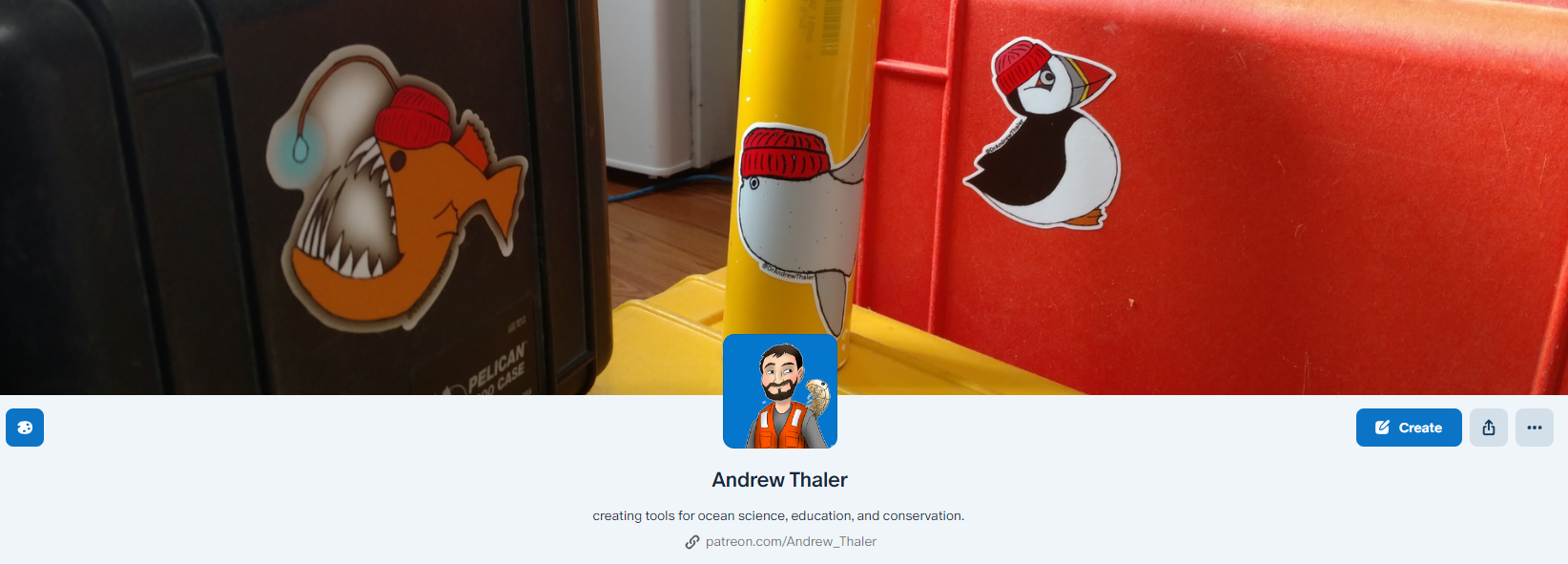On July 4, 2011, I unveiled my designs for the Pico Farm, a tiny chicken coop and garden that fit into a 4′ by 8′ footprint. It was a cool little thing that fit into just about any backyard and laid the foundation for my decades long love of raising chickens. We even got an … Read More “Reflecting on my favorite chicken coops.” »
Author: Andrew Thaler
Marine science and conservation. Deep-sea ecology. Population genetics. Underwater robots. Open-source instrumentation. The deep sea is Earth's last great wilderness.Fourteen years ago, when Social Media was fresh and new and full of hope, I started teaching Social Media for Environmental Communications at Duke University. The internet was bursting with potential and we wanted to help ocean campaigners tap into that cognitive surplus for the good of the planet. This was a data driven course, … Read More “This is not an article about epoxy river tables.” »
I sat down with Andrew Lewin last week to talk about science funding, crowdfunding, and 10 years raising seed funding for high risk projects using Patreon.
May has historically been one of the slowest months on the blog. The weather is getting nice and Southern Fried Science readers and writers have other priorities as the academic year comes to a close. We only published 8 articles this month and logged about 11,000 unique visitors. You were interested in the news that … Read More “Not much: What you read on Southern Fried Science in May” »
I spend a lot of time talking about the OpenCTD, my important, gigantic electronics project aimed at making the foundational tool of oceanography available to those most directly affected by our changing oceans. It’s been a minute since I’ve written about any of my weird little electronics projects. I do lots of weird little electronics … Read More “A calling card for oceanographers” »
On Monday, the venerable, Beyoncé-endorsed seafood chain declared bankruptcy. Red Lobster has been struggling for a while. It was sold to private equity firm Golden Gate Capital in 2014 for $2.1 billion and then bought out by the seafood supplier Thai Union in 2020. Thai Union is one of the world’s largest seafood conglomerates. Thai … Read More “You did not bankrupt Red Lobster by eating too many shrimp.” »
We’ve got a pair of great podcasts featuring the Southern Fried Science teams this week, starting with Angelo Villagomez on How to Protect the Ocean talking about marine protection, 30×30, and lessons learned from a lifetime protecting the ocean. Longtime friend of the blog, Beth Pike, also joins in. If you want to take a … Read More ““When you fail, you learn” and Live at AwesomeCon 2024!” »
The International Seabed Authority is the regulatory body that oversees deep-sea mining in areas beyond national jurisdiction – they’re tasked with develop the mineral resources of the high seas seabed while protecting the marine environment. At the heart of the ISA is the Secretariat, the administrative organ charged with the day-to-day operation of the ISA. … Read More “International Seabed Authority gears up for a leadership challenge at the July meeting.” »
What if you could drop an oceanography lab anywhere? Not just the instruments and equipment, but the expertise to maintain the equipment and train ocean knowledge seekers. What if you could deliver an instrumentation factory anywhere it is needed, so that people with the desire and need to study and understand the ocean had the … Read More “Independent ocean science requires local support: testing our mobile OpenCTD factory.” »
Ten years ago, freshly married and freshly relocated to Vallejo, California, I found myself in the midst of reinvention. The cycle of post-doctoral fellowships and short-term contracts necessary for an academic career didn’t suit me. I wanted stability and, importantly, I wanted freedom. Crowdfunding was new. Earlier that summer, OpenROV had shook the crowdfunding world … Read More “Small drops make mighty oceans: 10 years as a scientist on Patreon” »
